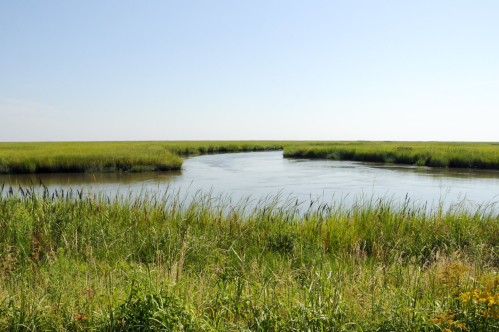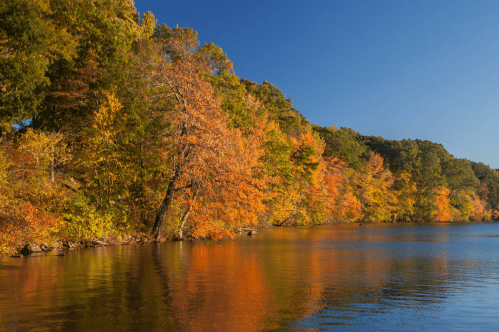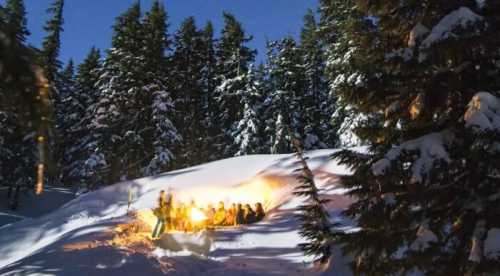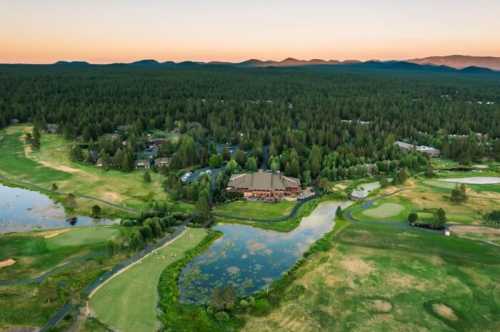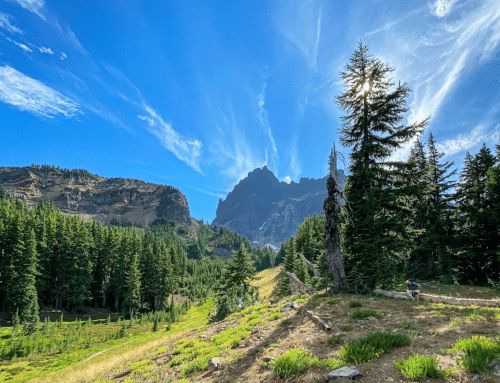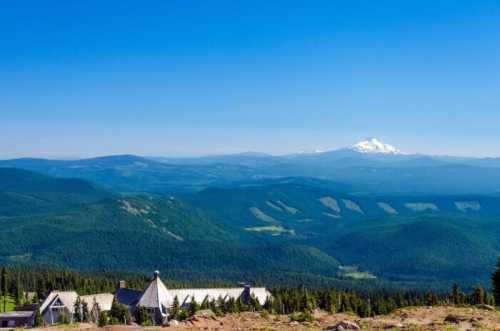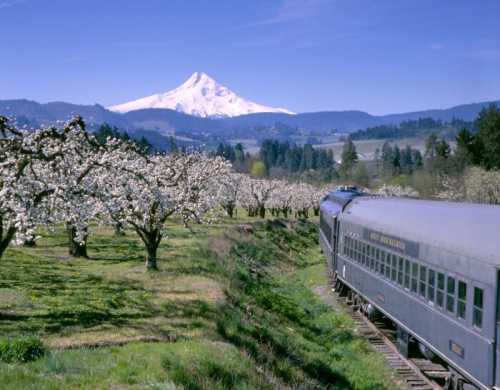Long before white settlers showed up in Oregon, Native Americans lived and thrived here. By the mid-1800s, they were being forced off their land, and new traditions and histories were made. While the landscape will never again be what it was before Westward Expansion, the history of Oregon's original people is now more recognized than it was for many years. Here's a national historic site where you can learn about an amazing man who was a leader amongst his people.
The quaint little town of Joseph is nestled against the banks of Wallowa Lake in Oregon's northeast corner. In 1880, the town changed its name from Silver City to Joseph, in honor of Chief Joseph, of the Nez Perce.
Chief Joseph was a revered lead among his people as was his father, Old Chief Joseph. When white settlers arrived, Old Joseph forged peace between the two cultures, and even embraced some of the new ways, converting to Christianity and working with the U.S. Government on a treaty. This bronze sculpture located in the town of Joseph depicts Chief Joseph, the son of Old Joseph.
Old Chief Joseph agreed in 1855 to give up some of the tribe's other land in return for the promise that they would never be forced out of the sacred land of the Wallowa Valley. Just a few years later in 1863, white men quickly broke that promise when gold was found in the area.
When the U.S. government took six million acres from the Nez Perce, Old Chief Joseph was furious that they had broken the treaty. He ripped up his American flag and tore his Bible into pieces. He announced that the Nez Perce would never be moved from its land on the banks of Wallowa Lake.
Old Chief Joseph died in 1877, and was buried at the confluence of the Wallowa and Lostine Rivers. His grave was later desecrated by white settlers, and his skull was taken as a souvenir. The grave was moved to a spot on the northern shores of Lake Wallowa in 1926.
Old Chief Joseph didn't live to see his people removed from their land, but his son, Chief Joseph did. Much like his father, Chief Joseph was a tremendous leader who tried to forge peace between the Nez Perce and the government. His people were forced to retreat from their lands in 1877.
As the Nez Perce fled toward Canada, they were pursued by the U.S. Army in what was known as the Nez Perce War. He and his people eventually surrendered, and though they were told that they would be able to return to the Wallowa Valley, the white men's promises were just as empty as ever, and the Nez Perce never again lived on their sacred lands.
The Nez Perce National Historic Park was established in 1965. It includes 38 sites in Oregon, Washington, Idaho, and Montana.
If You Only Have One Day to Visit This Small Town in Maine, Here’s Everything You Absolutely Can’t Miss

If You Only Have One Day to Visit This Small Town in Massachusetts, Here’s Everything You Absolutely Can’t Miss

If You Only Have One Day to Visit This Small Town in Maryland, Here’s Everything You Absolutely Can’t Miss

The Old Chief Joseph Burial Site is part of the national historic site. It includes a 5.1-acre cemetery and a marker honoring Old Chief Joseph.
The marker includes a bronze plaque with a likeness of the Old Chief on it.
While you're visiting the Old Chief Joseph Burial Site, take a look at the adjoining Iwetemlaykin State Heritage Site. This small park operated by Oregon State Parks contains walking trails and offers excellent views of the Wallowa Mountains.
Learn more about the Old Chief Joseph Grave Site on the national park's website.
Did you know that Sacajawea's son, Jean Baptiste Charbonneau, is buried in Oregon? Learn about his gravesite here.
Subscribe to our newsletter
Get the latest updates and news
Thank you for subscribing!



